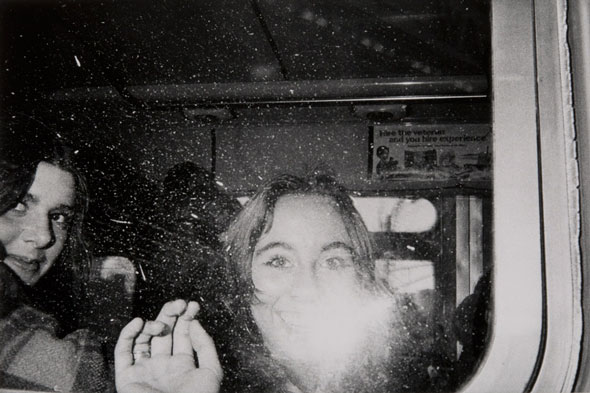Like it or hate it — few photographers are indifferent to flash or speedlites, how camera companies nowadays call these awkward units producing artificial lights. Especially in this day and age of sheer unlimited ISO reach the importance of the flash is no longer what it once was. But who wants to refute the benefits of a bounce or fill flash. While I’m trying to avoid these illuminators whenever possible, the often despised tool called flash can open up an entirely new world for photographers.
Technology has always shaped how photographers make images, but few things have remained as prevalent as flash, despite the massive advances made in the field in the last 30 years. There aren’t many things that unite an early glass plate picture with a digital image today. Flash’s ubiquity is still part of the photographic world in 2014 — and few things announce a photographer’s presence more than a camera’s flash does, writes Krystal Grow in Time magazine:
That blinding flare of pure white light has been photographers’ beacon since its introduction to the medium in the late 19th century. From its earliest incarnation as a caustic fireball shedding light on social issues to its slick, shiny glow in fine art and fashion photography, flash has transcended genres to become one of the most divisive and distinctive features in the world of photography.
To this day the flash polarizes the photography community. Some photographers though embrace the controversial light source, like Mark Cohen, the photographer who literally shoots from the hip using vigorous and brutal lighting. Others avoid flash like the plague and feel that a photograph made by natural light alone is the way to make a good picture.

Flash photography often stands for an aggressive, jarring and confrontational way of an overblown look at the world. Or take the 1st or 2nd curtain flash sync, allowing for highly creative photography. With flash, a lot of things are cast in deep shadows and the protagonist is made really evident by being washed out in this incredibly dramatic, white light. “The flash actually becomes the moment itself,” writes Time. “It consistently changes how our world looks.”
You may hate or like the rawness of flash. In a way, the flash can make the image by allowing a photographer to control the kind and quality of light to expose things that would remain unseen otherwise. “It’s a far less prejudicial light,” a photographer tells the magazine, “that can be used in the simplest way even with the most sophisticated equipment.”


